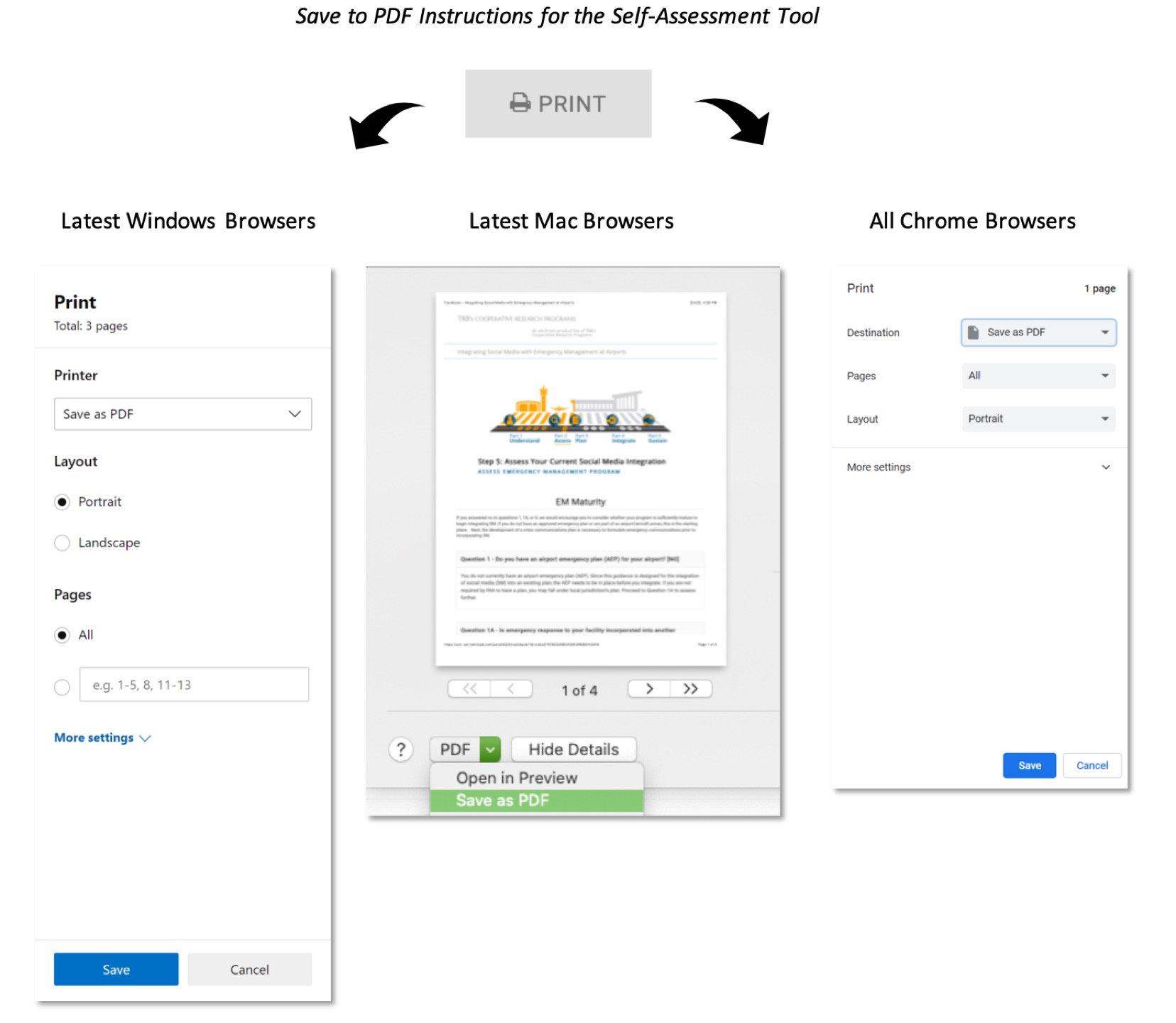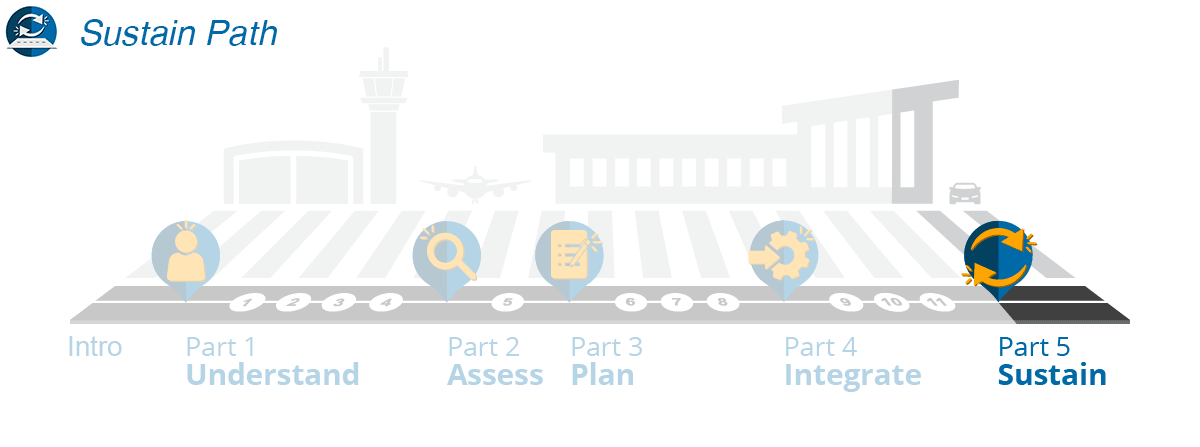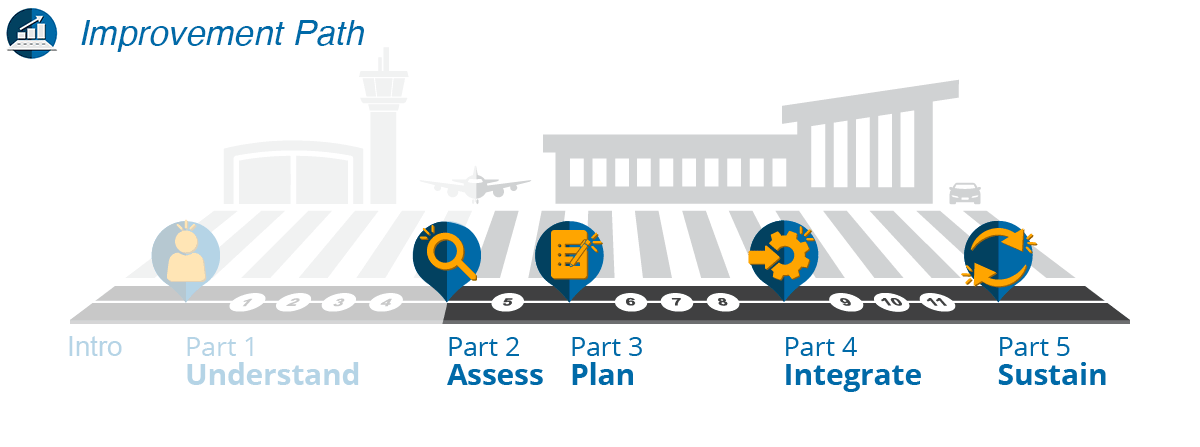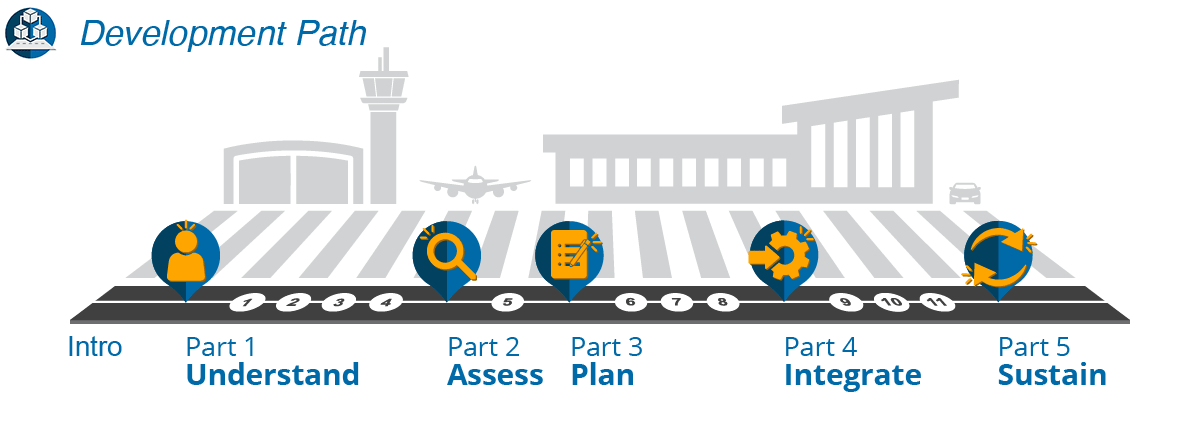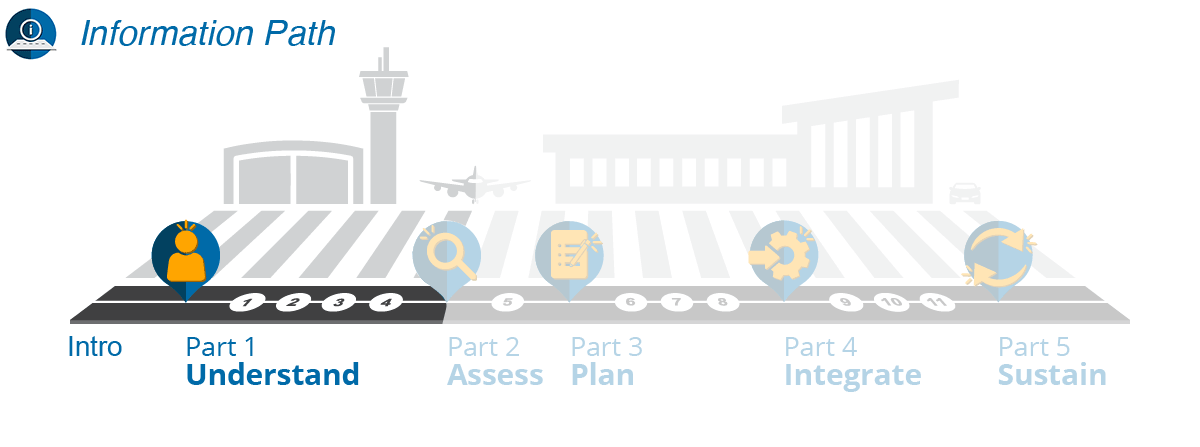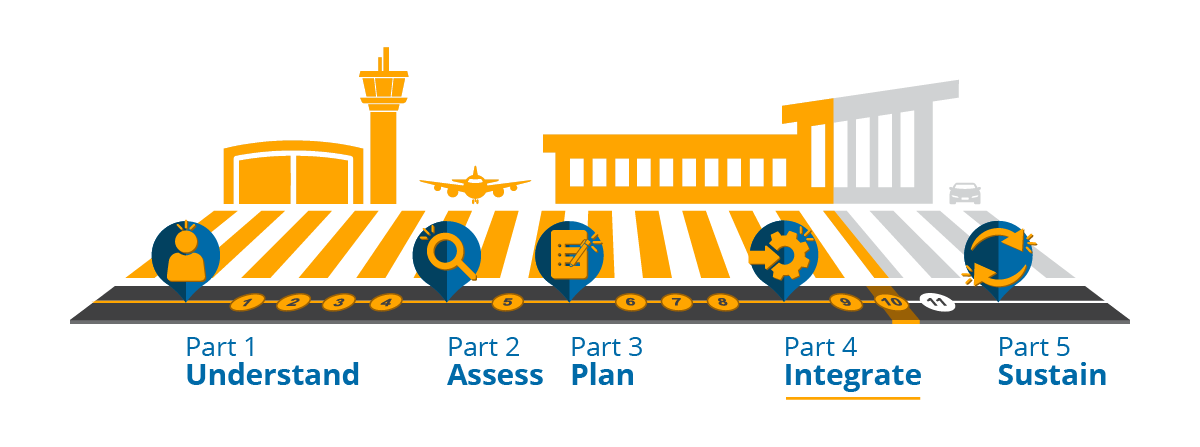
Step 10: Establish the Social Media Operating Framework
Information and Message Sharing Requirements
The first element of your SM operating framework is addressing your information and message sharing requirements. In Table 10.1, we list the commonly shared metrics and the typical methods used in the SM management functions to share information with stakeholders. The metrics are important for understanding what is happening and to gauge your SM response. As you address your message sharing requirements, you should formalize your requirements for message sharing and reporting in your operating procedures.
| SM Function | What Is Observed/Measured | Reporting and Sharing Method |
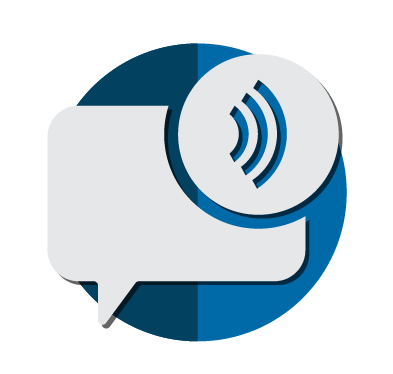 Listening |
Trends, mentions of the airport, key issues, key words and phrases, relevant events | Distributed reporting via PDF or email;
Controlled-access dashboards |
 Engagement |
Response rates, time to first response, topics/trends | Controlled-access dashboards |
 Publishing |
Engagement rates, social activity (e.g., likes, shares, re-tweets) | Controlled-access dashboards |
 Reporting |
Summary data, performance monitoring, crisis traffic volume, trending terms | Distributed reporting, real-time controlled access dashboards |
Table 10.1: Sharing and Reporting Considerations
Based on the integration level you selected and the SM management functions you have chosen to integrate (Step 8), review Table 10.1 and decide on the expectations/requirements your SM operating framework will include for each metric. The following provides some examples.
Passenger Listening and Engagement
Which channels will you be using for listening and which for engaging? Which are “internal” and which are suitable for public consumption? Note that engagement—defined here as "responding to passengers or other stakeholders given a request"—is an essential component of emergency response management that extends beyond situational awareness and basic alerting, both of which are outputs of listening.
Further, ask yourself the following: what is a daily baseline number of times you expect SM users to mention your airport on SM channels? Is that considered normal based on your airport’s size and activity level? Are there key words/phrases specific to your airport or region that you should be sure to listen for? Are there periods during which your staffing levels do not permit active listening? How quickly will you engage once you receive a question or concern?
Facility Listening and Engagement (private channel, interagency communications)
During an actual event you will be communicating with your larger team. While this is clearly a factor in a weather-related event or an aircraft incident, it also applies to purely social crises—the kinds of viral “piling on” events that can be triggered by an otherwise minor altercation at a gate or errant statement by an official associated with your facility. Ensure that your stakeholders are in agreement with private channel activities so that they have this defined within their organization’s operating procedures.
Publishing
Your publishing team, generally in the domain of your marketing team, should also be part of your first-alert network, issuing safety directives, updates, and similar information as an event progresses. How often will you publish during normal operations? During an event, how much does the publication rate increase? Does this rate change depending on event type? Will you create a specific handle or a hashtag for EM publishing? If you do this, be sure to notify local news agencies so that they know which channel to listen to for verified information.
First Responder Private Messaging and Reporting
Considering your first responders, ask yourself: What are the critical metrics relevant to emergency operations center (EOC) staff? What about for first responders and other stakeholders? How often will these reports be updated and shared? You can use private secure messaging channels to share these reports and keep first responders and facilities teams aware of how an event is playing out via the social web.
Regional Coordination
Your current regional communications plan needs to include SM since, at a minimum, agencies and news outlets will be looking at SM channels. Unless you are actively present, they will be taking actions, amplifying anecdotal and other one-off posts, and writing stories based (in part) on what they see posted on SM channels.
As you answer these questions and others, you are identifying the message sharing requirements necessary for your SM operating framework. Now, expand on this to include key requirements for each SM management function metric. You can start with the worksheet titled, “Information and Message Sharing” located at the end of the “SMEM Program Worksheets” file. If you have not yet downloaded this file, click the link below. Edit this file in any manner most helpful to you. For example, you may add rows to the sheet to show how each SM function changes based on the phases of emergency response. How you customize your program is entirely up to you and your community.
